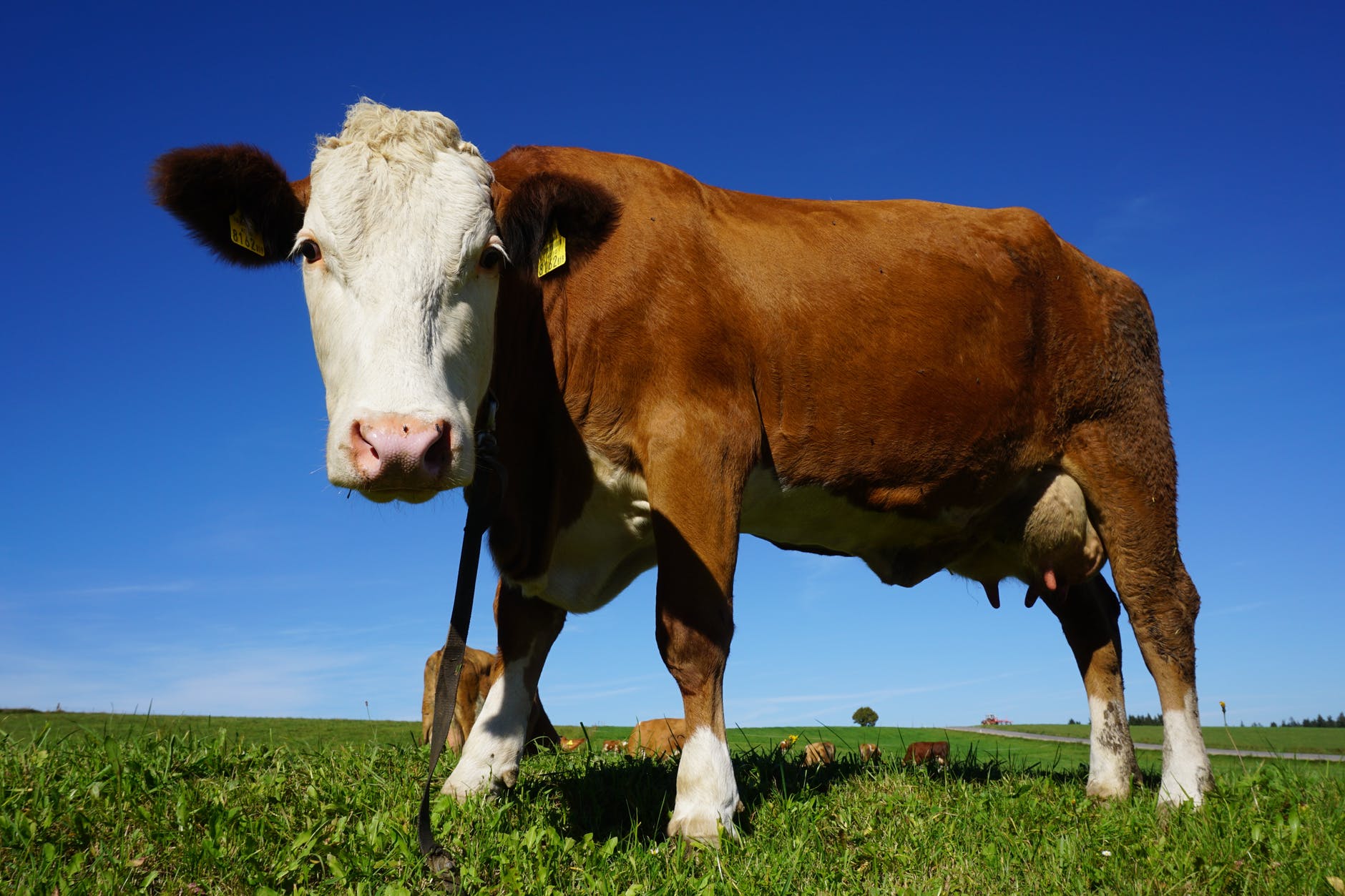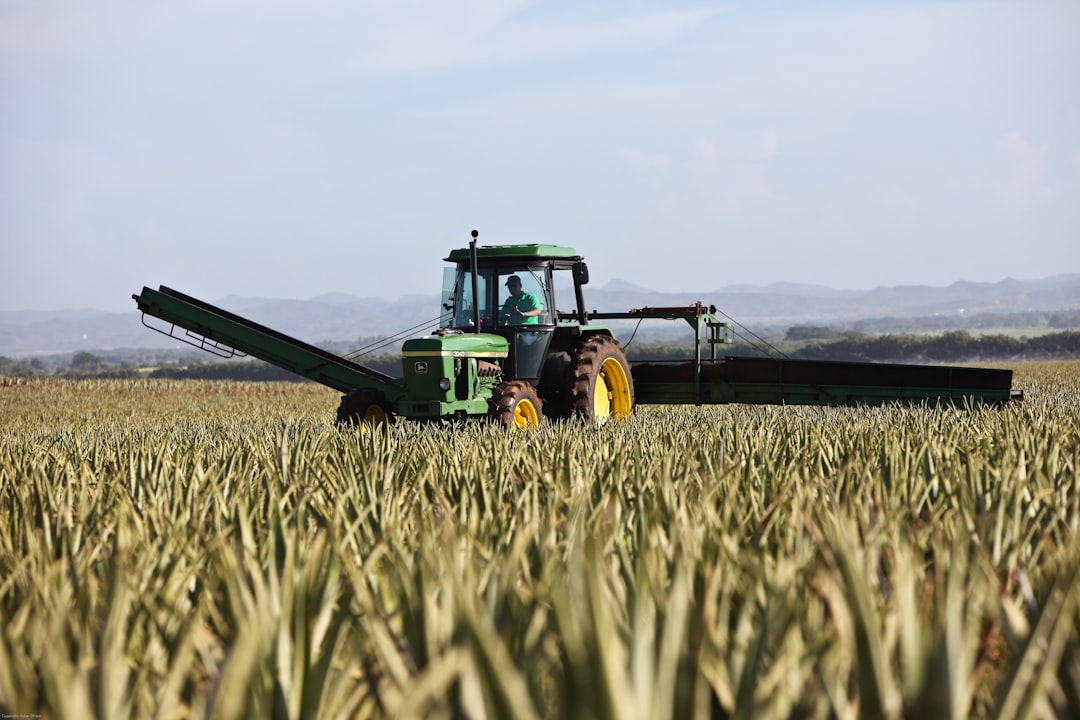By Kelly-Louise Ray, MSc Biology
The ethical consumer: charity shop clothes instead of fast fashion, stainless steel bottle in place of plastic, fuelled by organic and free-range produce. Organic food and drink sales have risen to record levels in the UK – free of synthetic pesticides and fertilisers, marketed as good for your health and good for the planet. However, studies haven’t shown that organic food is any better for your health, and what if so-called 'eco-friendly' produce could actually be doing the environment more harm than good?
A recent study suggests that intensive agriculture may not be the demon it’s made out to be. The study argues that the environmental costs associated with high-yield farming, such as greenhouse gas emissions, have previously only been considered per unit area, therefore underestimating the overall impact of lower-yield systems which use more land to produce the same quantity of food. The study, led by the University of Cambridge including Bristol Veterinary School’s Dr Taro Takahashi, investigated four agricultural sectors and concluded that more intensive agriculture may be overall less environmentally damaging, producing fewer pollutants, causing less soil loss and using less water.
Photo by Dietmar Reichle / Unsplash
However, a key part to this conclusion is the assumption that higher yields result in land being set aside for wilderness to thrive. In the UK, agriculture accounts for over 70 per cent of land and is the most significant threat to biodiversity on the planet, as more and more habitats are converted to farmland. The debate over the best way to tackle this issue centres on two contrasting approaches – 'land sparing', where agriculture and wilderness are kept totally separate, and 'land sharing', where nature is integrated into low-intensity agriculture by employing wildlife-friendly techniques. There has been increasing evidence that allocating some land for agriculture and setting some aside for conservation is the most effective way to protect biodiversity, but this has been tainted by environmental concerns – until now. Granted, agrochemicals used to boost yields in intensive farming still pose significant ecological threats, such as the contamination of water systems by fertilisers and non-target exposure of pesticides. But, nobody said intensive farming was perfect – it’s just the 'least bad' option.
It makes sense – make the best use of the land we’ve got, spare natural habitats and leave our planet’s wildlife in peace. Of course, this would only work if land is actually set aside, and not expanded to simply make more profit which would exacerbate the extinction crisis even further. This would involve placing strict restrictions on land use and incentivising farmers not to use their land for agriculture – is this really going to happen on a worldwide scale? Land set aside to either remain in or return to its natural state must be left undisturbed for a long period of time, “far beyond the term of a single parliament or the life of one land owner” – the kind of timescale in which decisions on land usage are typically made.
And what about animal welfare? Intensive farming might be the 'least bad' option in terms of environment and biodiversity, but this disregards the inhumane conditions it necessitates: overcrowded, disease-ridden environments where animals are rarely let outdoors. Animal welfare aside, could conditions such as these really produce high quality meat sought after by many? Bristol’s Dr Taro Takahashi assured that veterinary experts will work to ensure that animal welfare won’t be compromised, but it’s difficult to see how this would work if we’re to get as much out of the land we’re using as possible. Do we let a subset of animals suffer so that others can flourish, or do we try to find some kind of balance between what’s good for the environment and maintaining animal welfare standards? How do we even weigh this up – what’s more important? And what happens when intensification reaches its limit?
Meat consumption: the cow in the room

Photo: Pixabay
To me, the solution is blindingly obvious. Earlier this year, a study by researchers at the University of Oxford suggested that cutting down on animal products is the single biggest way to reduce your environmental impact – more than taking fewer flights or switching to an electric car. And considering animal products provide only 18 per cent of calories, animal agriculture has such a huge environmental impact, taking up over 80 per cent of farmland – so if we’re looking to make the best use of our land in the face of increasing demand for food, meat and dairy aren’t the answer. The landmark report on climate change recently issued by the Intergovernmental Panel on Climate Change (IPCC) declared that it’s the “final call” to save the planet from catastrophe caused by rising temperatures, urging consumers to buy less meat and dairy. Another study, released only days after the IPCC’s report, supported the idea of a radical overhaul in our eating habits in order to keep the food system within environmental limits, in combination with reducing food waste and improvements in technology. The researchers found that a transition to a “flexitarian diet” on a global scale is essential to limit temperature rises to 2℃ by 2050, recommending a maximum of one portion of either beef, pork or lamb a week – but of course, the more animal produce you can cut back on, the better.
If you’re looking to reduce your meat and dairy consumption, you’re in the right place – Bristol is home to a large vegetarian and vegan community, with many independent eateries fully dedicated to providing tasty plant-based options. It’s also never been a more exciting time to shop plant-based, with new products being launched at a rate I can’t keep up with and meat substitutes becoming more and more realistic – gone are the days where Quorn was the only option. Not only is a plant-based diet more environmentally friendly (and a fun way to experiment in the kitchen), but importantly it also addresses animal welfare concerns associated with intensive farming. But in cultures where meat eating is so deeply ingrained such as our own, getting people to put our planet, its future generations and its wildlife before our taste buds may be easier said than done.
Featured Image: ja ma/ Unplash
How should we use our agricultural land? Let us know your thoughts!










